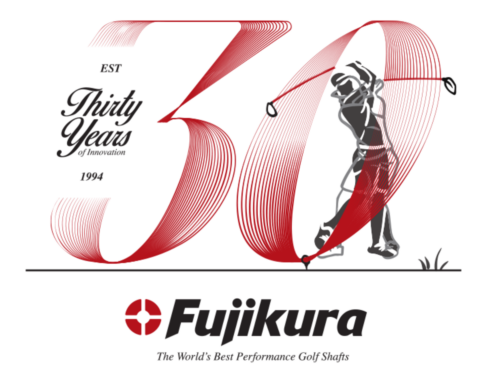After selecting the materials that best compliment the shaft’s design, we move to selecting or designing the correct tooling.
The “tool” used in creating a graphite shaft known as a mandrel. Mandrels are steel, cylindrical rods around which composite materials are wrapped and cured to form a shaft. Mandrels continue to evolve and become more sophisticated through technological and material advancements. We select and create mandrels to have differing outer diameters, allowing for varying material depths within a design which leads us to the desired performance attributes. While mandrels may look similar at a glance, each mandrel has been designed to meet certain requirements, down to every millimeter throughout its entire length.
When the correct mandrel is determined, we begin to apply material. Each mandrel is designed with specifically marked locations known as “clocking”. Our technicians use these locations as a guide when applying material. Each material wrap within a design is aligned with a clocking number that guides the technician where to apply the material and how many times the material must wrap around the mandrel during the build process.
The steps of determining materials, tooling, and layout are conducted through our proprietary shaft design program. Before we pick up a mandrel or pull and cut materials, we’ve already simulated the design and built it through 3D modeling software. This software was conceived, tested, and validated solely by Fujikura engineers in Carlsbad, CA. Based on the parameters selected by our engineers, this proprietary program gives us an understanding of a multitude of specifications surrounding a product, such as:
- Torque
- Weight
- Balance Point
- Tip and Butt Flex
- Material Properties
Conducting simulations through this software in conjunction with performance attributes outlined and researched through enso® analytics, we can narrow in on 1-2 designs that ultimately become prototypes. These prototypes are then rolled in our in-house facility in Carlsbad and tested to confirm the specifications. Once passed, we move to consumer product testing, an integral step and category that Fujikura highly values as a part of our overall process.





